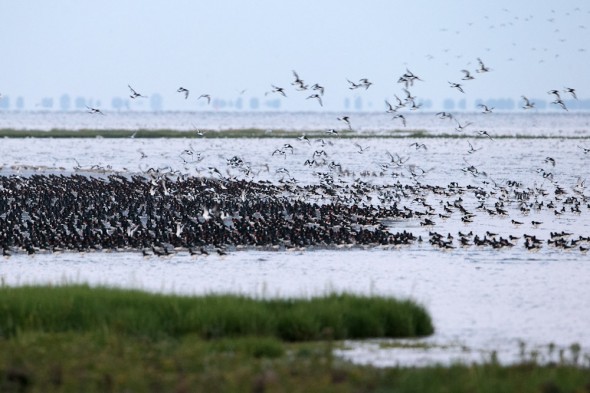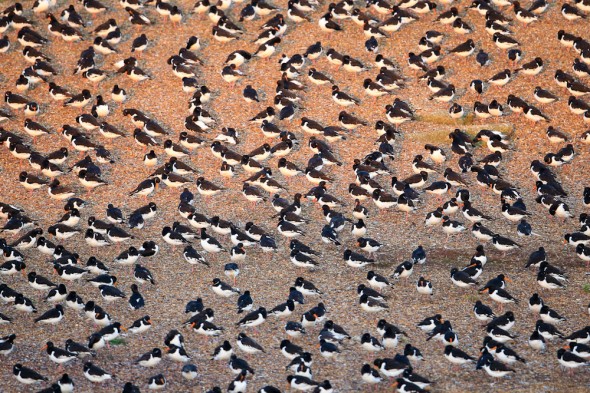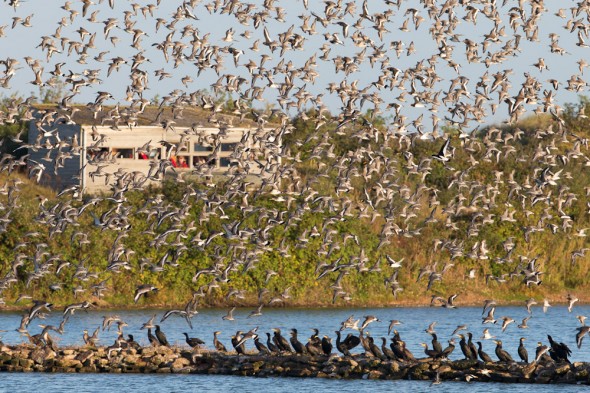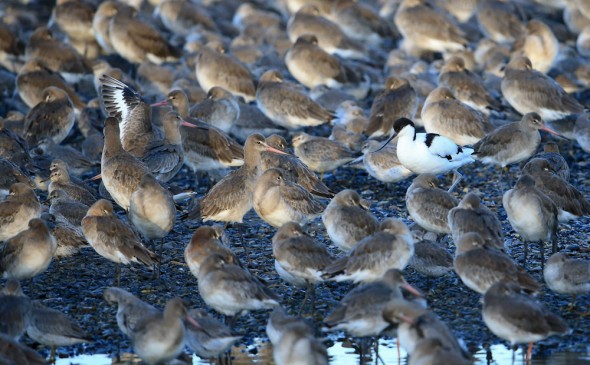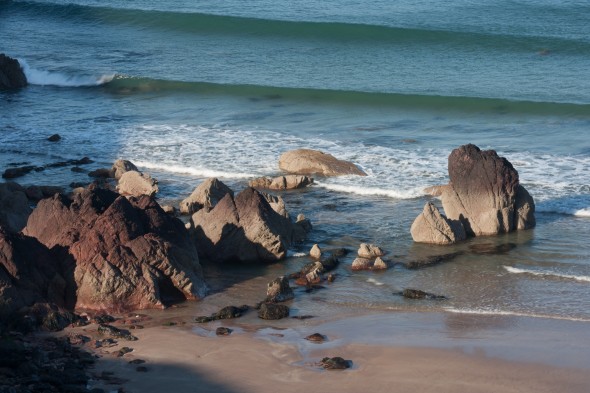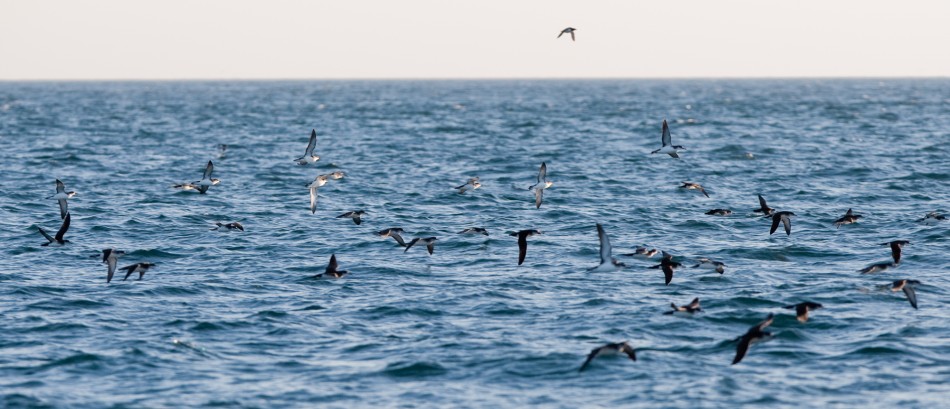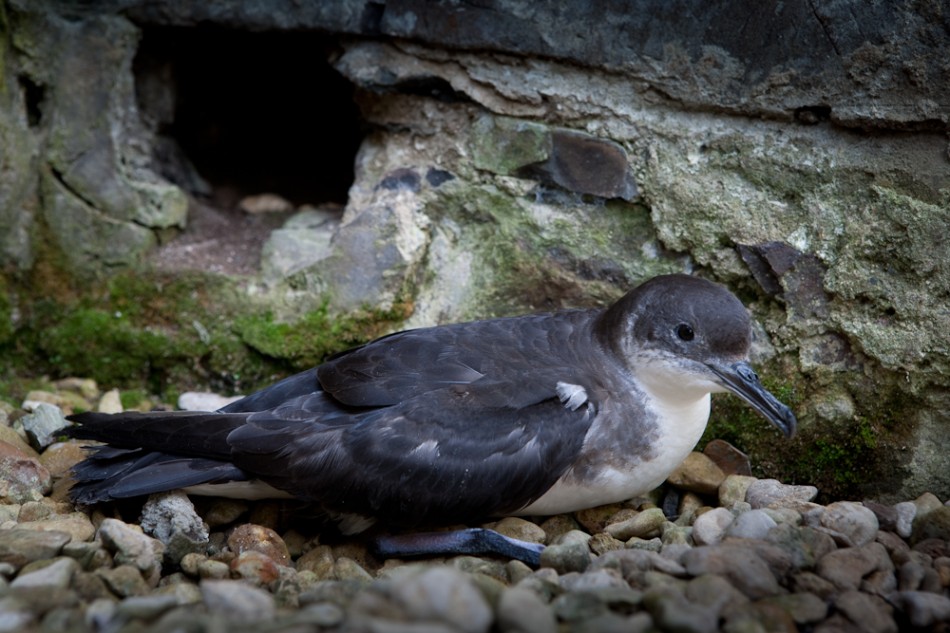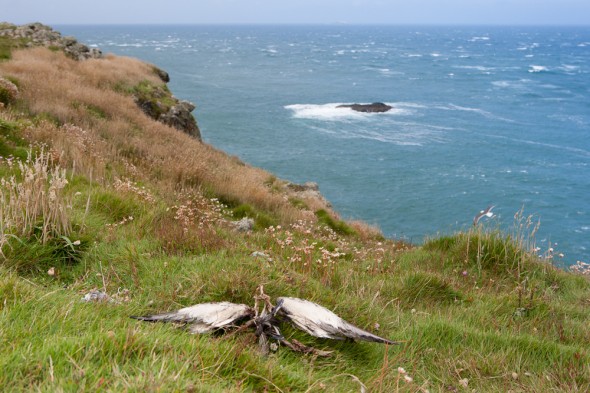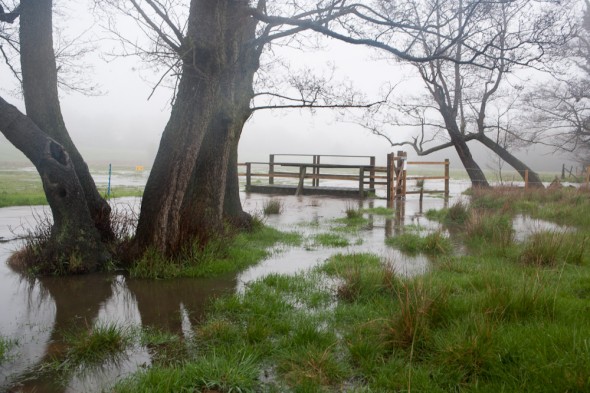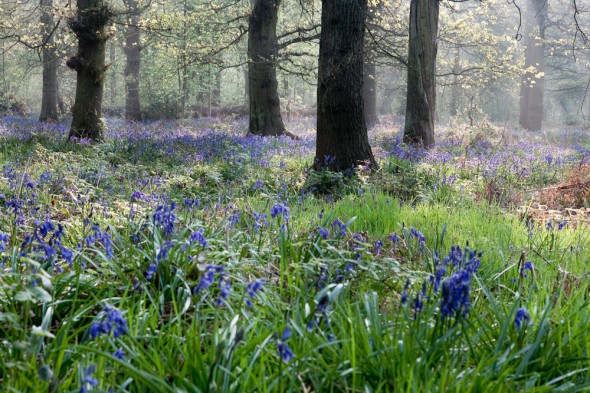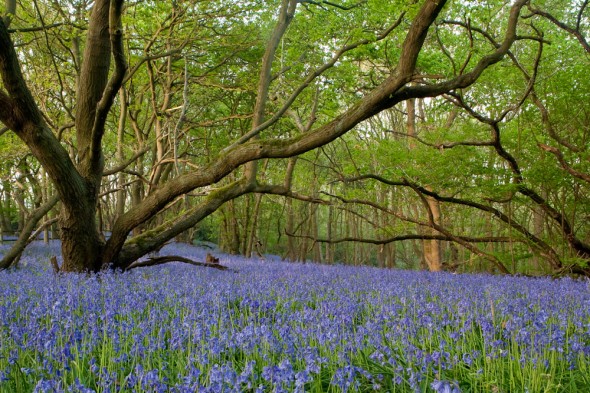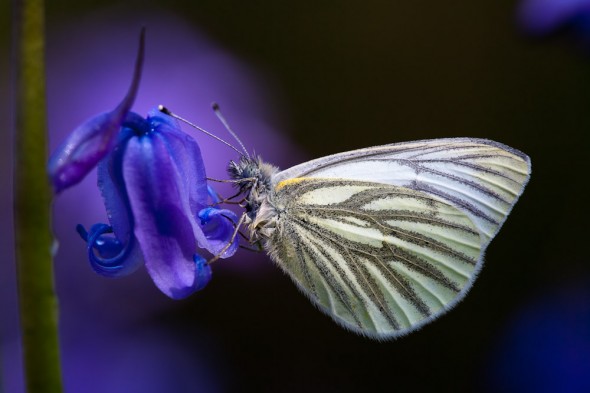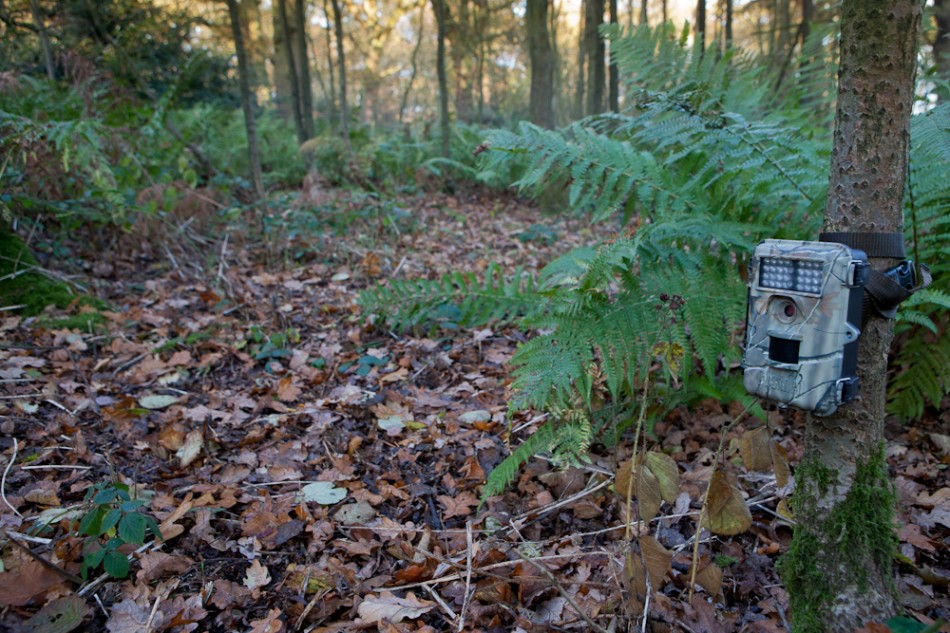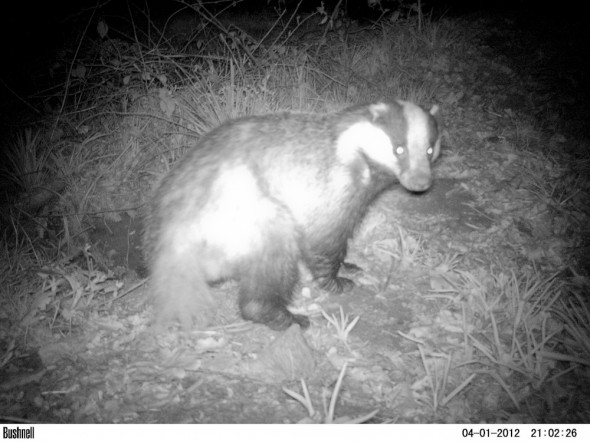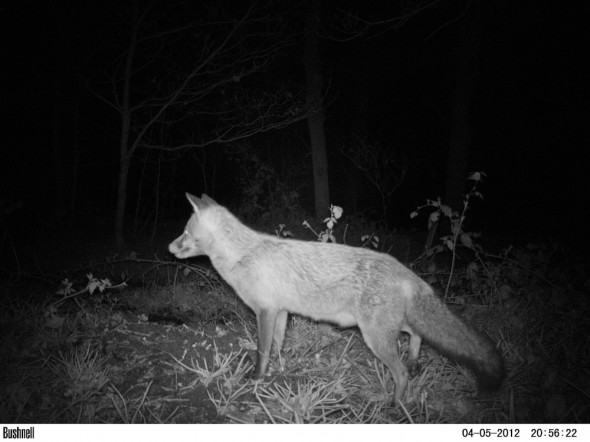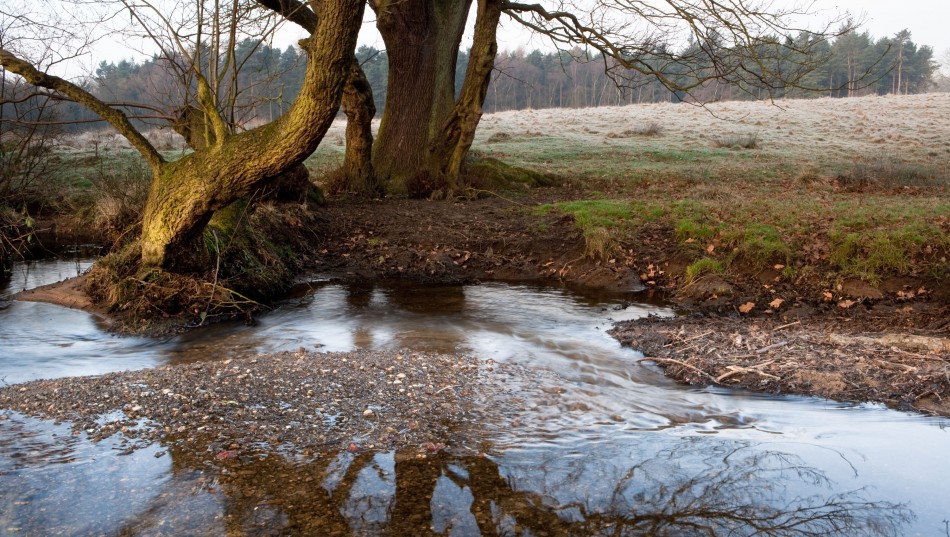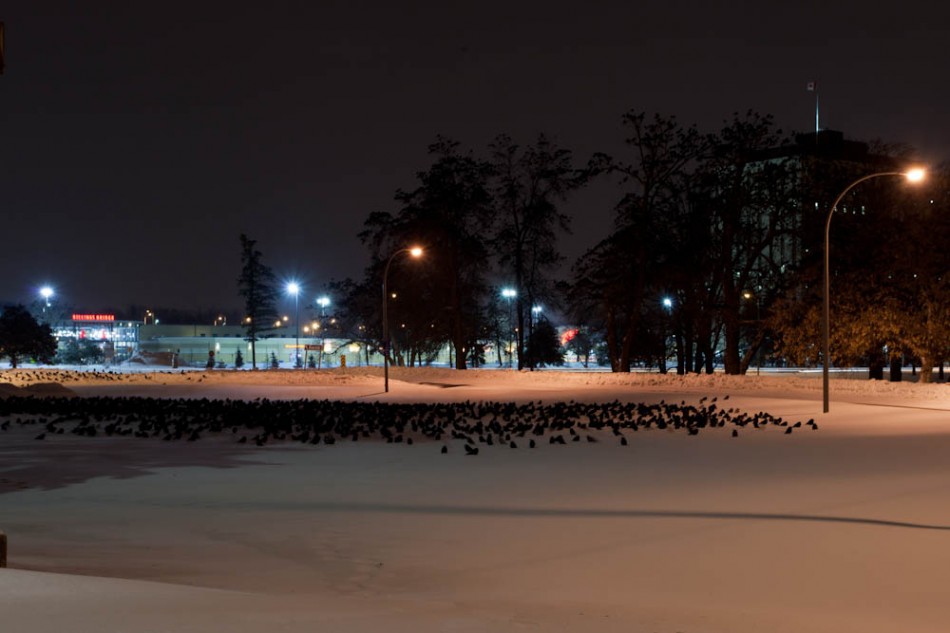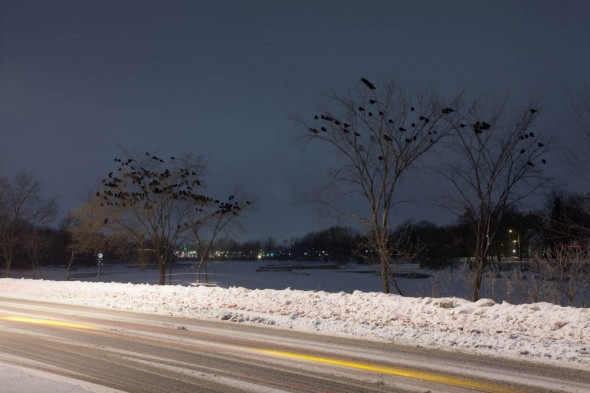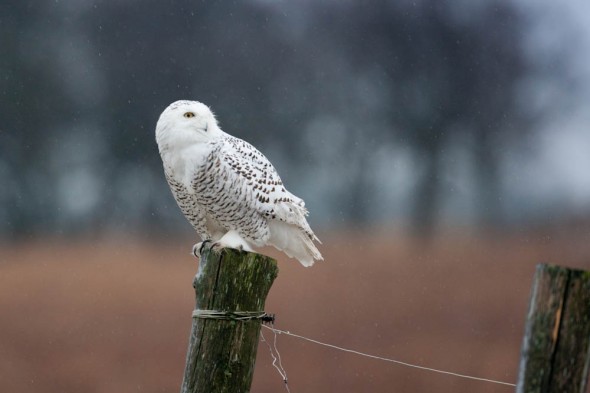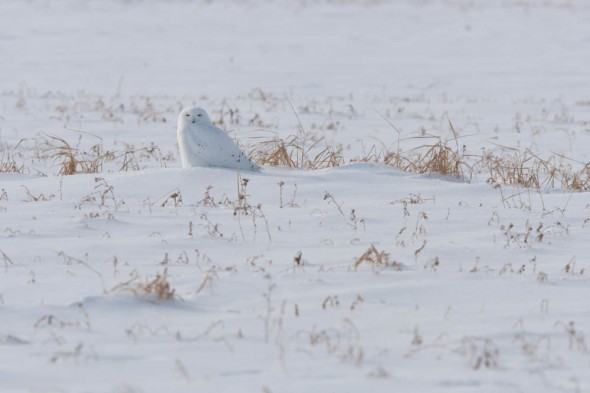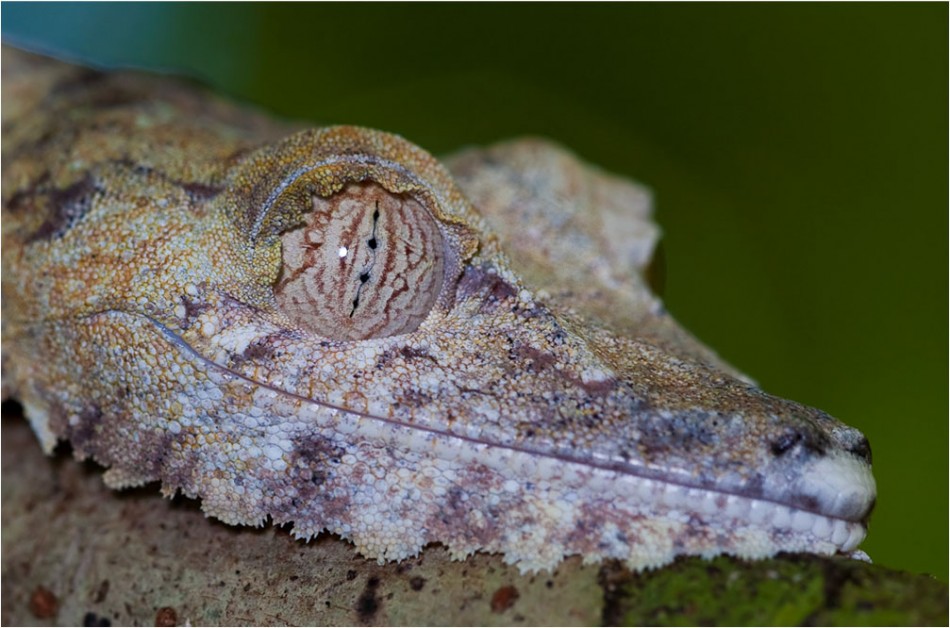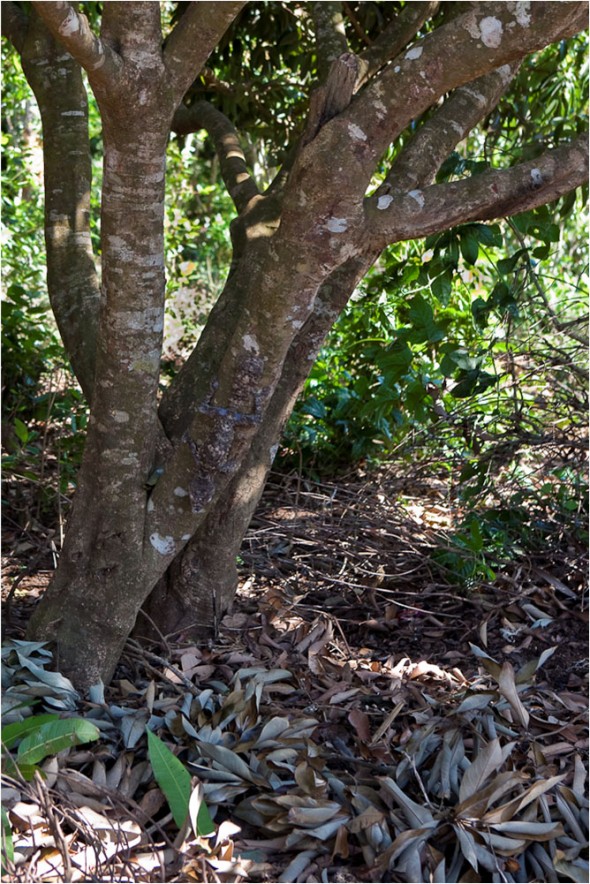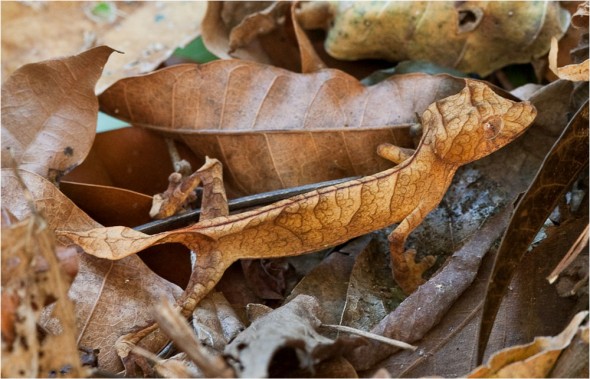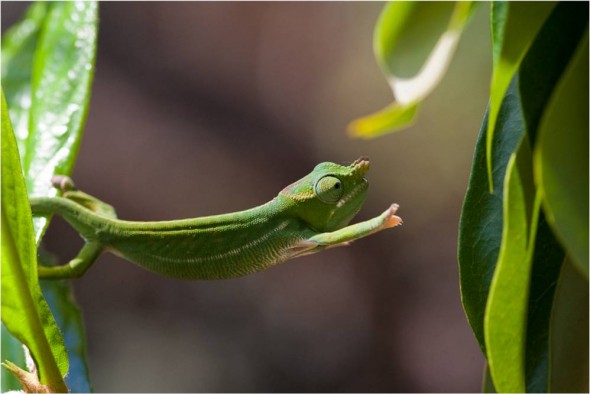The Bullhead fish
The Lea Meadows nature reserve is to be found in the Ulverscroft valley, on the Charnwood Forest in Leicestershire, England. The reserve is bisected by a brook which rises in the hills a mile upstream
and as this catchment area is low intensity pasture land where few if any chemicals are used ,the brook remains clear and unpolluted by modern farming practices.
Either side of the brook lie meadows which have probably not been ploughed since medieval times. Such lack of disturbance means that the meadows are rich in wild flowers.
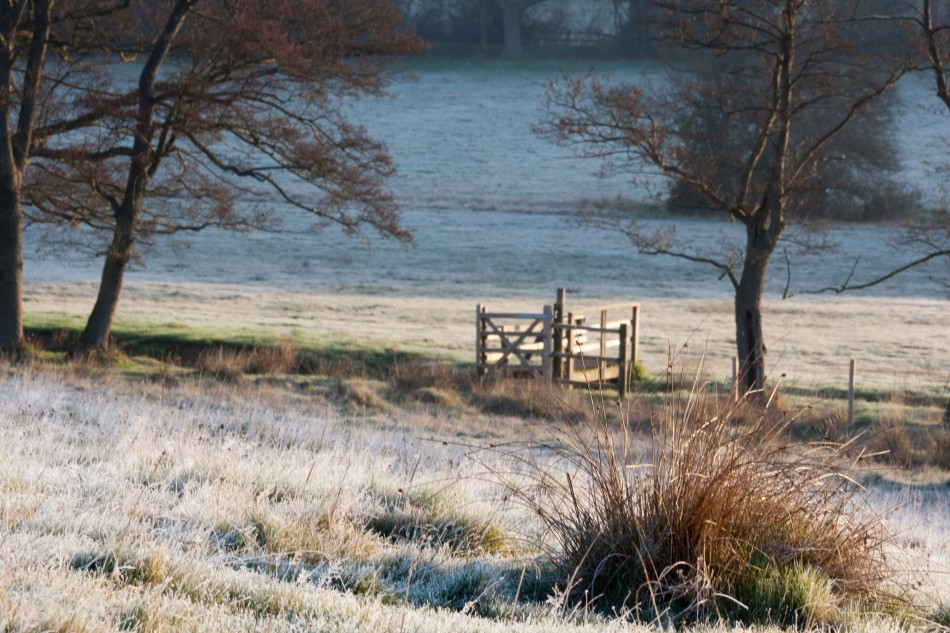
Lea Meadows nature reserve
Although the brook may appear small and inconsequential, its cleanliness is rare in the modern industrial midlands of England. The brook is characterful, some sections with gravel islands, some with muddy edges.
Where the water flows over a harder rock the water is only two fingers deep, however in other places, where the gound underneath is soft, the water has cut down and will come up to your knees.
The course of the brook twists and turns between alders, hawthorn and oak, tight bends have created small banks and winter floods have led to the creation of small ‘ox-bows’ here and there.
Each of these tiny variations and nuances in the character of the brook provides a multitude of niches where wildlife can specialise and thrive.
Bullhead fish are common, in April they lay eggs under stones in the brook. Here you can see the larvae, each surrounded by a spherical yolk sac which sustains the larvae until they hatch.
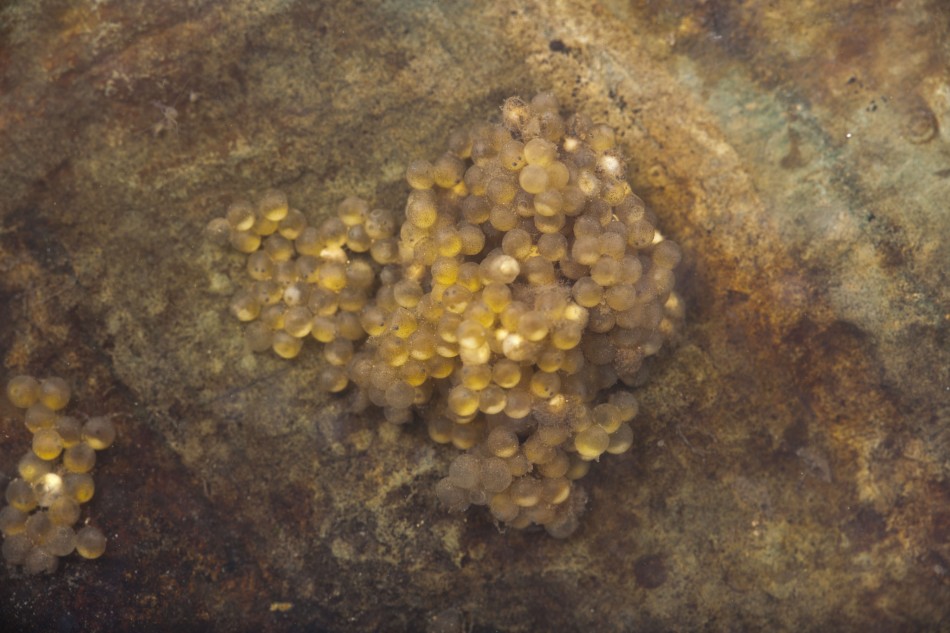
The eggs of the Bullhead are guarded by the male fish until they hatch.
Bullhead males have a large mouth and for the size of the fish a large set of fins, which helps to keep the fish steady in the fast flowing, shallow water where they live.
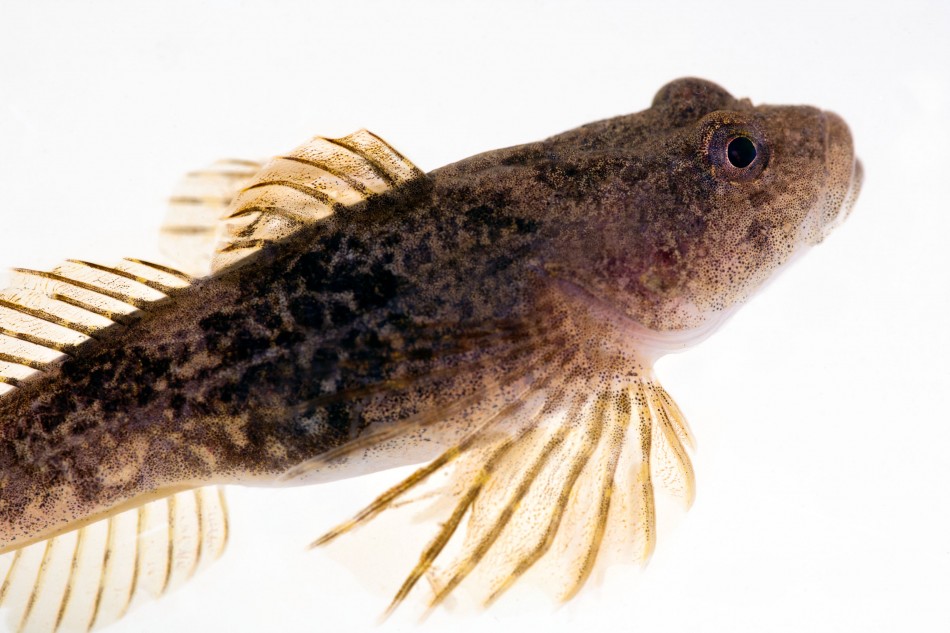
They do not have scales and their skin colouration of mottled dark browns camouflages them well.
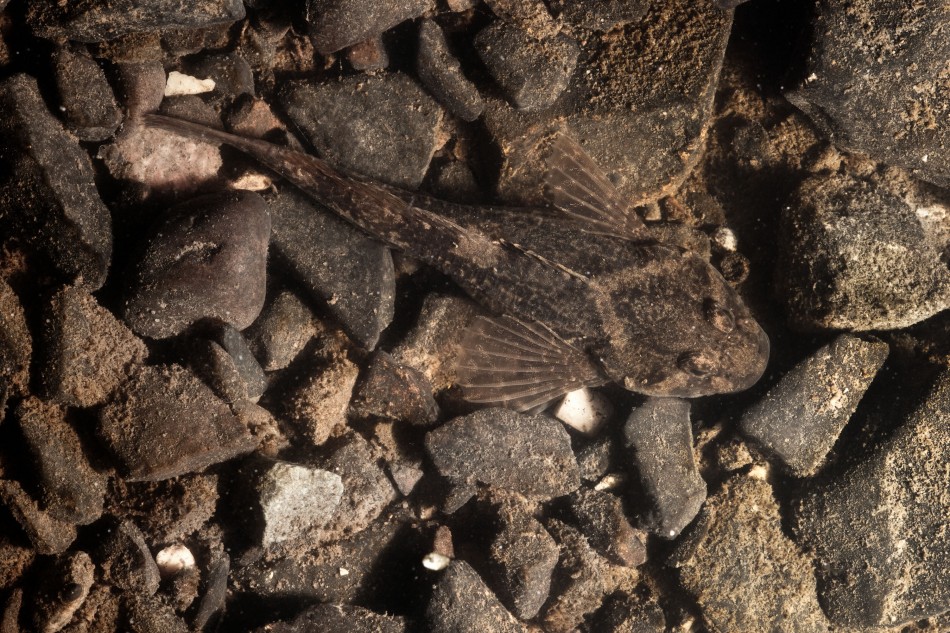
Bullheads are nocturnal and at night feed off invertebrates especially along the vegetated edges of the brook but during the day they conceal themselves on the bottom of the brook amongst the stones.
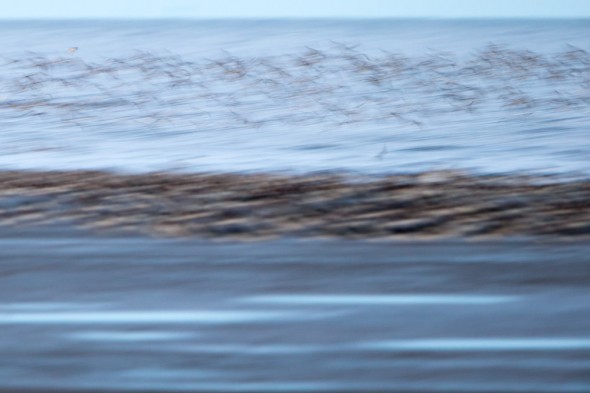 These birds will have travelled from Arctic Canada across Greenland and down into the North Sea. It is here they will find sufficient food to survive the winter.
These birds will have travelled from Arctic Canada across Greenland and down into the North Sea. It is here they will find sufficient food to survive the winter.

